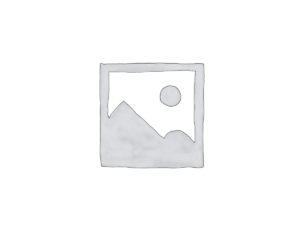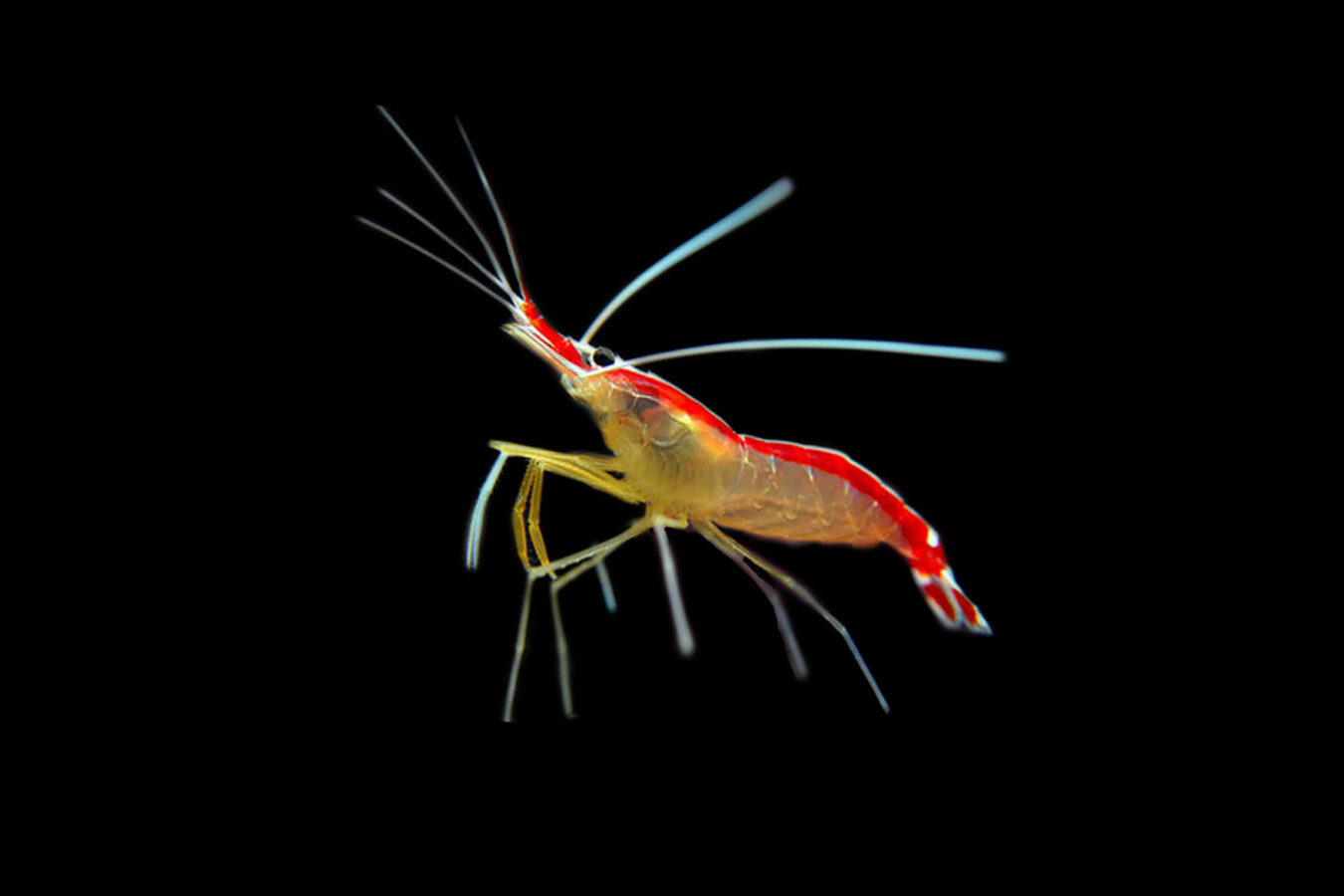Related products
Redline Cleaner Shrimp
Please Note: Due to variations within species, your item may not look identical to the image provided. Approximate size range may also vary between individual specimen.
Deep dive >
Quick Stats
- Dietry Requirements
- Compatible With
- Maximum Invert Size (cm)
- Minimum Tank Size (L)
- Same Species Aggression
- Other Species Aggression
- Care Requirements
The Redline Cleaner Shrimp acts like the medic of any saltwater aquarium. In fact, this active cleaner will set up shop on live rock or coral outcroppings and wait for fish to come and be cleaned of ectoparasites or dead tissue. Many fish value its services so highly that they even allow the Redline Cleaner Shrimp to clean inside of their mouths without harming the shrimp. No matter how your fish use the Redline Cleaner Shrimp’s services, it is easy to see why this peaceful creature is so popular amongst home aquarists.
The Redline Cleaner Shrimp is known for it’s distinct pair of bright red stripes that outline the single white stripe running down its back. The Redline Cleaner Shrimp is often found in groups amongst live rock or coral. In the home aquarium, the Scarlet Skunk Cleaner Shrimp requires a similar habitat and peaceful tankmates. Some fish, such as Hawkfish and Lionfish or predatory shrimp or crabs may see the Redline Cleaner Shrimp as food.
Like other invertebrates, the Redline Cleaner Shrimp is intolerant of copper-based medications, high nitrate levels, and fluctuating water parameters. The Redline Cleaner Shrimp needs to be drip acclimated prior to introducing to your main system. Also, proper iodine supplementation is necessary to promote molting and growth. To supplement their diet, feed Redline Cleaner Shrimp freeze dried, frozen, and flake foods.

